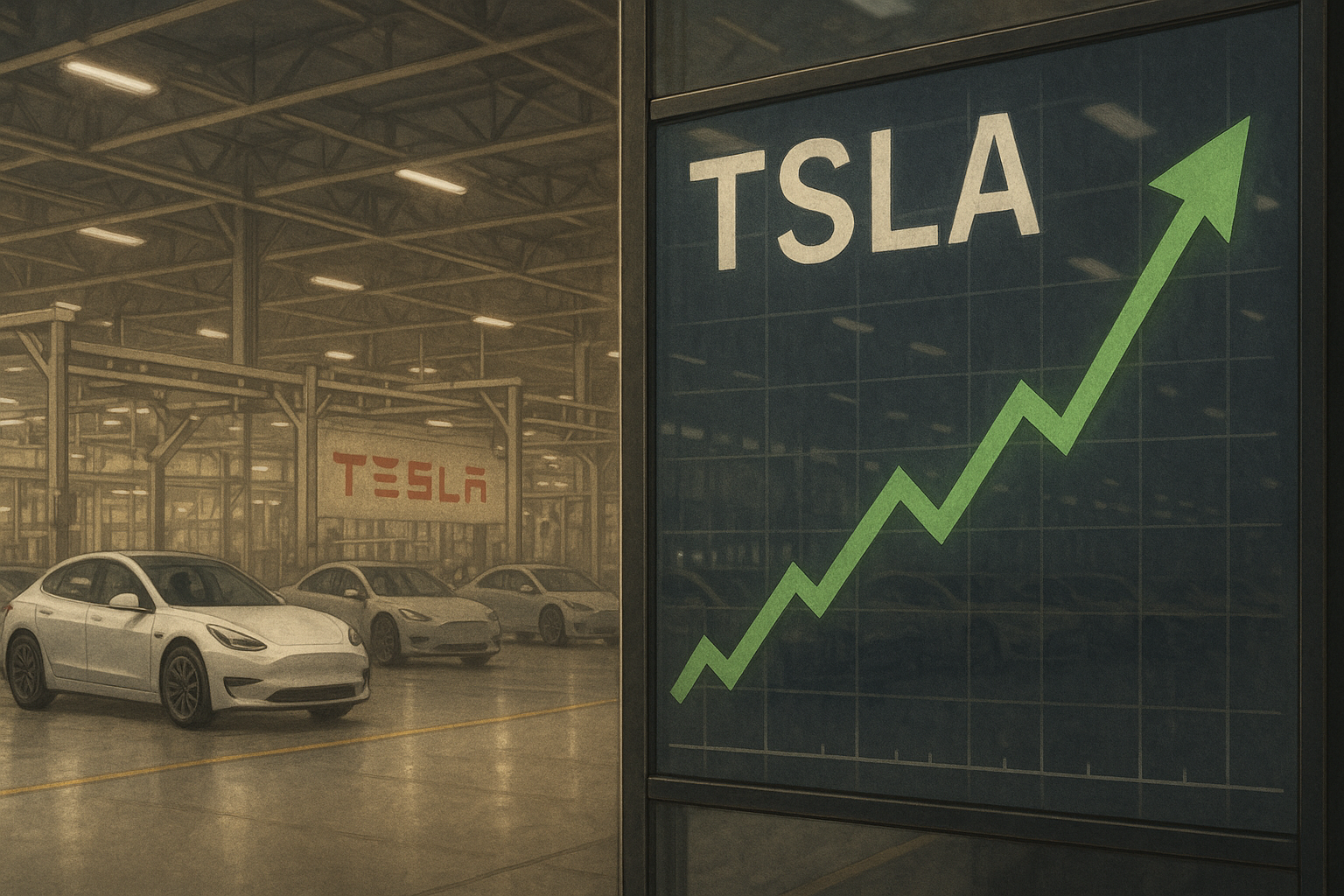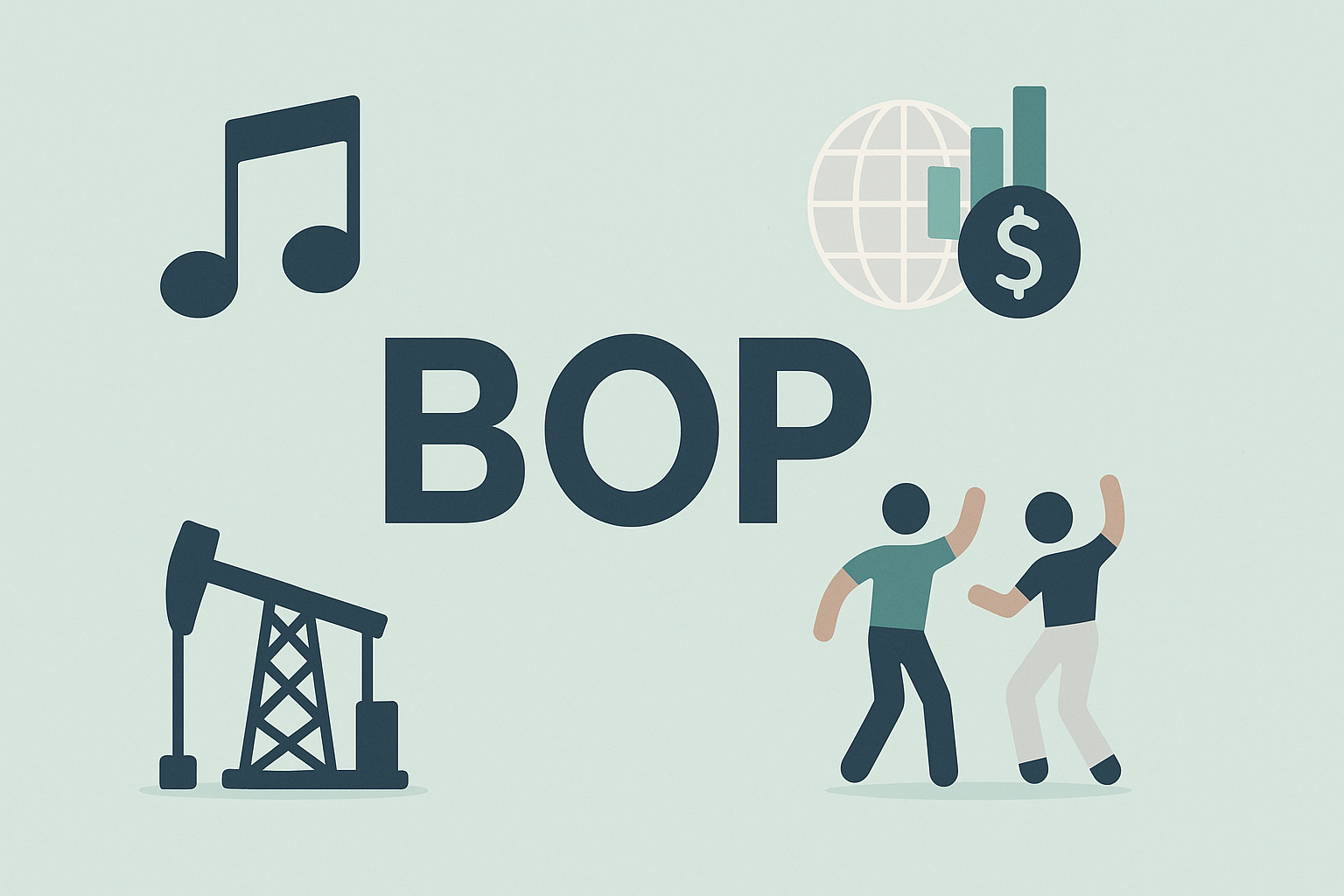Tesla's latest quarterly report reveals a curious paradox that's got investors scratching their heads—and counting their gains. The electric vehicle maker reported a 9% drop in vehicle deliveries last quarter, and the stock... jumped 10%.
Yeah, you read that right.
In what can only be described as Wall Street's version of bizarro world, Tesla delivered 435,059 vehicles in Q3—fewer than both the previous quarter and the same period last year—yet shareholders responded with enthusiasm normally reserved for record-breaking results.
I've been covering Tesla since its early production struggles, and this reaction perfectly illustrates what makes the company such a fascinating case study in modern market psychology.
So what gives? Well, it's simple really. (Except it's not simple at all.)
The market had braced for even worse numbers after rumors of production issues circulated among analysts. When the actual figures came in merely bad instead of catastrophic, investors collectively exhaled and hit the "buy" button. It's a bit like expecting your teenager to come home with a failing grade and being so relieved by a D+ that you immediately increase their allowance.
The company pointed to factory downtime for upgrades as the culprit for the delivery slowdown—a justification the market swallowed with surprising enthusiasm. Never mind that traditional automakers announcing similar declines would face brutal questioning about demand problems and market position.
But Tesla isn't a traditional automaker, is it? Not in the eyes of the market, anyway.
"The factory upgrades will position us for stronger production in future quarters," the company noted in its release, essentially asking investors to trust that short-term pain will yield long-term gain. And trust they did.
Look, Tesla's relationship with Wall Street has always been... complicated. The company trades less on current performance and more on the promise of what's coming next. It's why a P/E ratio hovering around 100 doesn't send investors running for the hills. For context, Ford's P/E ratio sits around 12. Just saying.
(Speaking of context—Tesla's automotive gross margin excluding regulatory credits was 16.5% in Q2, down from 26% a year earlier. That's a drop that would have most auto executives updating their LinkedIn profiles.)
The company's strong performance in other areas helps explain some of the market's forgiveness. Energy storage deployments jumped 90% in Q2, and Musk continues to dangle futuristic carrots—from humanoid robots to self-driving taxis—that keep the tech visionary narrative alive.
And that narrative? It's worth its weight in lithium.
A Tesla investor I spoke with after the announcement (who asked not to be named because, well, they work for a competing automaker) put it bluntly: "We're not buying Tesla for what it is today. We're buying what it will become tomorrow."
That tomorrow-focused mindset explains why the stock is up roughly 80% this year despite ongoing delivery challenges and continued price cuts. The company has trained its investors to ride out the turbulence, promising smoother air eventually.
The question that nags at me, though—when does "eventually" need to arrive? At what point does patience wear thin?
History suggests fundamentals ultimately matter, but "ultimately" can be a frustratingly elastic timeframe in markets driven by stories as much as spreadsheets.
For now, Tesla continues its high-wire act, defying gravity with a market cap that dwarfs traditional automakers selling far more vehicles. Whether that valuation is justified depends less on this quarter's deliveries and more on whether Musk's vision of an autonomous, electrified future actually materializes.
Until then, Tesla investors seem content to enjoy the ride—bumpy delivery numbers and all.




